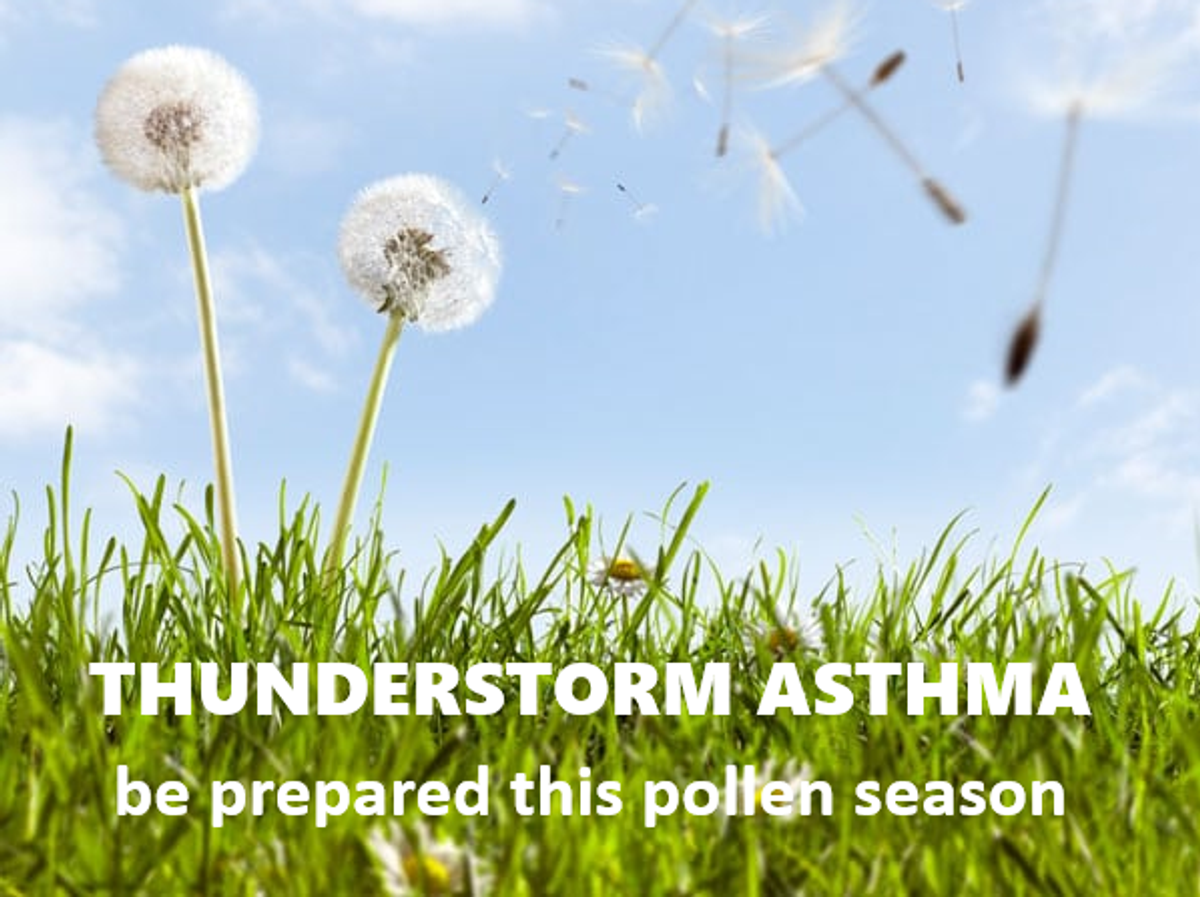Wellbeing

Managing anger
First up, anger isn’t a ‘bad’ emotion. It can actually help you to be honest or to stand up for something you believe in. There’s absolutely nothing wrong with feeling angry. What matters is how you cope with and express your anger. We’re not guaranteeing you won’t still be in a bad mood, but you’ll be less likely to act in a way you might regret. Here are our tips for the best way to control your anger.
1. Recognise the warning signs
If you can recognise when you’re starting to feel angry, you’ll be in a good place to try some of our tips before you get really worked up or lash out. You can then try a few of the strategies below. Some warning signs are:
- pounding heart
- gritting your teeth
- sweating
- tight chest
- shaking
- feeling anxious
- raising your voice
- being snappy or defensive
- temporarily losing your sense of humour
- pacing
- getting a ‘flash’ of a bad mood
- being overly critical of someone
- feeling argumentative
Acknowledging that you feel angry and identifying the emotions you're feeling can sometimes help to reduce the intensity. Saying "I'm angry right now" or "I'm feeling frustrated and annoyed" can be the first step in understanding and resolving your feelings of anger.
2. Work out why you’re angry
There’s lots of reasons why you might be angry. It’s a normal or understandable response in some situations, such as when you or someone else is being treated unfairly. If you’re not sure why you’ve just snapped at someone, though, think back through your day and try to pinpoint what set you off. Some other reasons why you might be feeling angry include:
- you’re under a lot of pressure
- you’re experiencing bodily or hormonal changes that cause mood swings
- you’re frustrated with how your life is going
If you work on first recognising and then dealing with your anger, it won’t have such a damaging effect on your relationships, body, mind and emotions.
3. Write it down
Sometimes, writing stuff down can help you work out why you’re feeling angry and how you might be able to deal with it. Try drafting a letter to someone to explore what you think is making you angry, how you're responding to the situation and how you want to address your feelings. Take a pause before sending it and read back over your letter. This method will allow you to express your feelings, while reading over your words will help you to put things in perspective. You may find you don't need to send the letter as your feelings subside after writing or writing it down may help you find the right words that you can use in a discussion.
4. Count to 100
This one seems pretty basic, but it works really well for anger management. Thinking about something other than what’s making you upset for 100 seconds can help you avoid blowing a fuse. It gives you a chance to gather yourself and your thoughts before you do anything else.
5. Press pause
When you feel angry about something, it’s almost impossible to deal with the situation in a productive or helpful way. If you feel yourself losing your cool, just walk away from the situation for a while. You’ll deal with it better when everyone, yourself included, is feeling calmer.
6. Move your body
Exercise is an awesome way to let off steam. You could take a walk around the block, go for a run, or do something really high-energy like boxing.
7. Talk to someone
Talking to someone you trust about how you’re feeling can take a weight off your shoulders as well as your mind. That could be a trusted adult, friend or family member. You could even join ReachOut's Online Community and talk with other young people who get how you’re feeling and can share their own anger management strategies.
If your anger is getting out of control, or you think you or someone in your life meets the criteria for a personality disorder, consider seeing a mental health professional. Watch our video to find out why talking helps.
8. Take time to relax
If you know what helps you to relax, you’ll find it really useful whenever you’re feeling angry. Take some time out to do something you enjoy, it could be:
- going for a walk in the park
- reading a book
- trying some meditation
- listening to music
- relaxation apps like Smiling Mind
Article credit – ReachOut Australia
Grass pollen season, which typically runs from October to December each year in Victoria, brings an increase in asthma and hay fever symptoms. It also increases the risk of thunderstorm asthma. For people with asthma or hay fever, especially those who experience wheezing or coughing with their hay fever, thunderstorm asthma can be sudden, serious and even life threatening.
Bairnsdale Secondary College will implement a range of measures to keep our school community safe as the risk of thunderstorm asthma increases. Many of our staff are trained in asthma first aid, and we will monitor the VicEmergency app to receive thunderstorm warnings, and, where appropriate, keep students indoors when weather forecasts identify greater risk. During the season, there are some things you can do to prepare and protect yourself and your family:
· If your child has ever had asthma, talk to your doctor about what you can do to help protect them from the risk of thunderstorm asthma this pollen season, including updating your asthma action plan. Taking an asthma preventer properly and regularly is key to preventing asthma, including thunderstorm asthma.
· If your child has hay fever, see your pharmacist or doctor for a hay fever treatment plan and check if you should have an asthma reliever puffer. These are available from a pharmacy without a prescription.
· If your child has hay fever and experiences wheezing and coughing, it is important to make sure they don’t also have asthma. Speak to your doctor about an asthma action plan.
· Where possible, avoid being outside during thunderstorms from October to December, especially during the wind gusts that come before the storm. Go inside and close your doors and windows. If you have your air conditioning on, turn it to ‘recirculate’.
Protect yourself this pollen season – managing asthma and allergies matters.
For more information, speak to your doctor. You can also visit the Better Health Channel website.
Sexting and Image based abuse
Sexting is when people share texts or sexual images of themselves on their phone, online or through apps. This is commonly done using text messaging.
Sexting is when people share sexual texts or images of themselves on their phone, online or through apps. This is commonly done using text messaging. In addition to text messages, there are a number of apps people use like Tinder, Bumble and Grindr, as well as private messaging apps such as Snapchat and WhatsApp. These apps are sometimes, but not always, used to sext. Lots of young people sext, with most finding it fun. But there are times when intimate relationships go wrong, and sexts can be shared without someone’s knowledge or consent. This is called image-based abuse. It’s important to know that if images are shared without someone’s consent, it’s not their fault. The person who shared it is in the wrong. See below for more information on what could happen and how you can support a young person to avoid, and deal with, having their private messages and images exposed online.
Sexting and the law
Did you know that asking for, taking, having or sharing a sexual photo or video of someone under 18 can actually be child pornography in Australia? Even if someone only takes a sexually explicit picture of themselves or their partner, it can be illegal. It may also have serious legal consequences, which can end up affecting lots of other parts of a person’s life. Sometimes images can end up in the wrong hands. Unfortunately, stories of ‘image-based abuse,’ are becoming a lot more common. This can also be a crime. There are different laws about image-based abuse in different states. Find out more about sexting and the law.
What is image-based abuse?
Image-based abuse is when intimate or sexual photos or videos of someone are shared online or via mobile phone without their permission. Sometimes the person isn’t even aware that the images were taken. Sometimes the person has given permission for the photo or video to be taken, but then it is shared without their consent. People may also receive unwanted sexual images – this is a type of harassment. The images are often shared directly with others via text messages or social media, or on occasions on websites intentionally set up to humiliate people. There are a range of motivations for sharing these images – some people may do so as a prank or a joke, in an attempt to seek revenge, to force another person to perform an unwanted sexual act or to prevent them from leaving a relationship. Threatening to share images – even if the images are never actually shared – is also a type of image-based abuse. This is called ‘sextortion’ and it can be even more distressing than having the images shared.
How common is image-based abuse?
A survey found one in five Australians have experienced image-based abuse, with females and males equally likely to experience image-based abuse. Young people aged between 16 and 29 are one of the most at-risk groups. Aboriginal and Torres Strait Islander peoples, people living with a disability and people who identify as LGBTIQA+ are also particularly vulnerable.
How can i help protect my young person from image-based abuse?
It’s only natural that you want to protect a young person from experiencing any kind of harm, including image-based abuse. There are things that you can do to help your young person stay safe in their online relationships.
Keep communication open
Try to understand the young person’s experience of online relationships. You can do this by asking questions about who they talk to online and what sites they visit. Maintaining regular communication helps to build trust and may encourage the young person to seek your support if something harmful happens.
Set limits around access
This will mean different things for different families and for people of different ages. A common (and safe) rule is limiting technology use to common areas, not bedrooms, and also limiting access after a certain time at night. This can help you be aware of their behaviour online.
Support good decision-making
Talk about the consequences of impulsive decisions and encourage your young person to think about what they post online. For example, Snapchat can influence hasty decisions because the app allows images to be sent and then automatically deleted after a certain amount of time. This does not prevent a screenshot being taken and shared. It’s important that young people practise slowing down and thinking through their decisions.
Foster self-respect and respect for others
By modelling respectful behaviours and attitudes, you can help a young person identify what’s OK and what’s not OK.
Encourage the young person to challenge image-based abuse
It’s important that young people feel empowered to be ‘upstanders’ rather than ‘bystanders’ and say something about negative online behaviour (in an assertive but not an aggressive way). Remind them to think carefully about their safety, and if they don’t think they can take action safely, encourage them to report the behaviour to a trusted adult.
What if my young person has experienced image-based abuse?
Don’t panic
If you become aware that a young person has had an intimate photo or video shared, try to remain calm. Staying calm can help keep communication open and help you to problem solve the situation together. Losing control can distress your young person even more.
Reassure
Try to be supportive and reassuring. Reserve any judgements you may have, despite personal opinions or beliefs. Remember that the world of online relationships may be very different from your experiences growing up. The young person needs your care and support to get through this.
Support them to take action against the abuse
When a person’s image is shared without their permission, their control is taken away from them. Help your young person to take back some control. Assist them to take practical steps to address the abuse. You might also want to speak with the young person about contacting their school or workplace. This will ensure they have support around them and can help to identify any concerning behaviours, such as shaming or bullying.
Useful resources
- eSafety Commissioner- This is the Australian eSafety regulatory body. The website has lots of great resources on sexting and image-based abuse. They can help with image-based abuse, cyberbullying, complaints about explicit or illegal content online and other safety issues online
- ThinkUKnow - ThinkUKnow provides information and resources on a range of topics, including sexting, cyberbullying and online privacy, for young people and families.
- Understanding bullying – for family and friends
# Article Credit - Headspace
Need support following The Voice Referendum held on October 14, 2023?
During this time, it’s important you look after your own wellbeing. If you or someone you know are struggling with the conversations, conflict and rhetoric being brought up by the referendum, remember there is support out there. Please see some links following:
How to support your First Nations teen when their identity is in the news - ReachOut Parents
How to talk to your child about social and emotional wellbeing (SEWB) - ReachOut Parents
How to ease pressure off mob and share the cultural load | Allyship | ReachOut Australia




